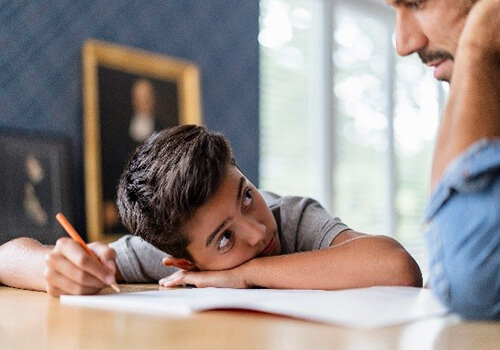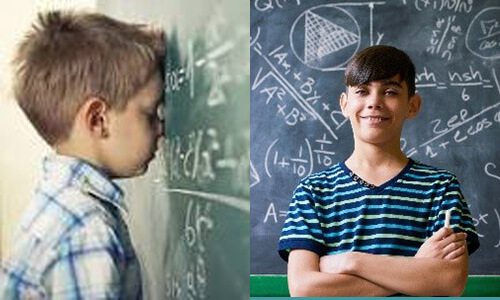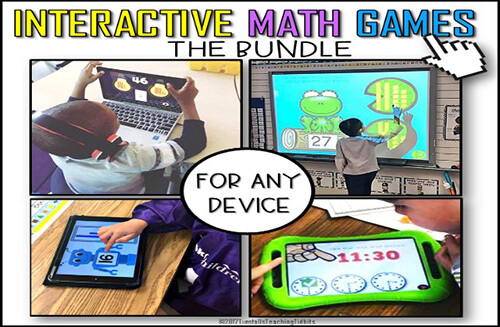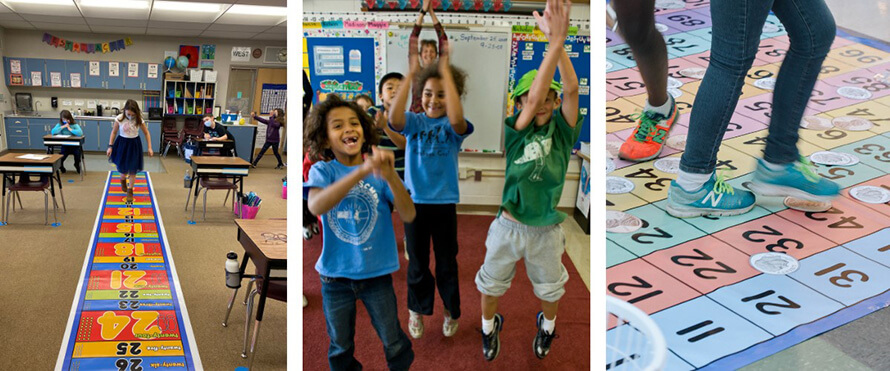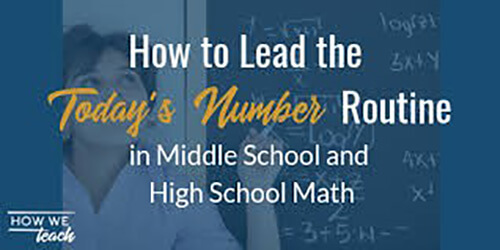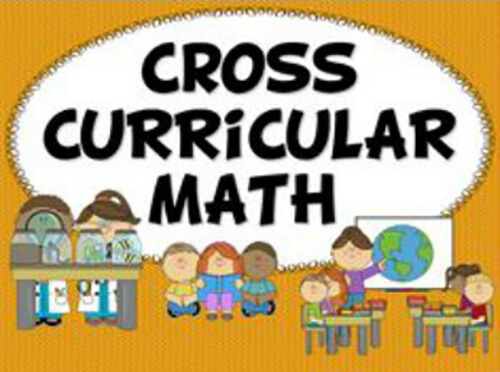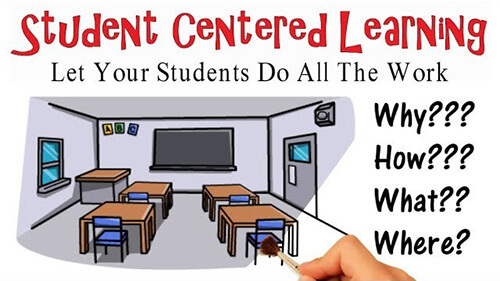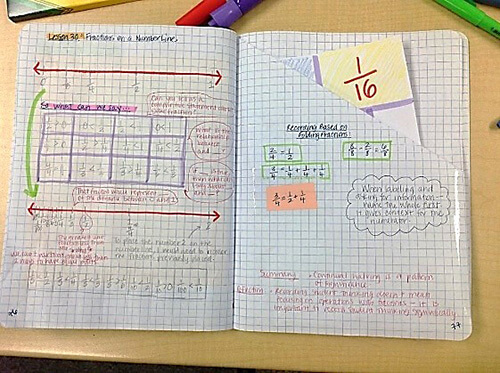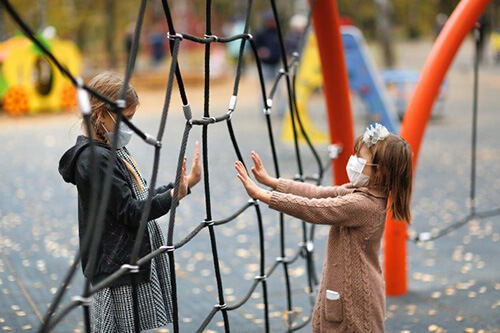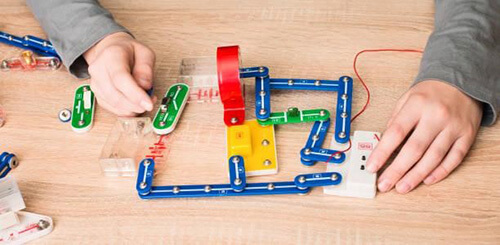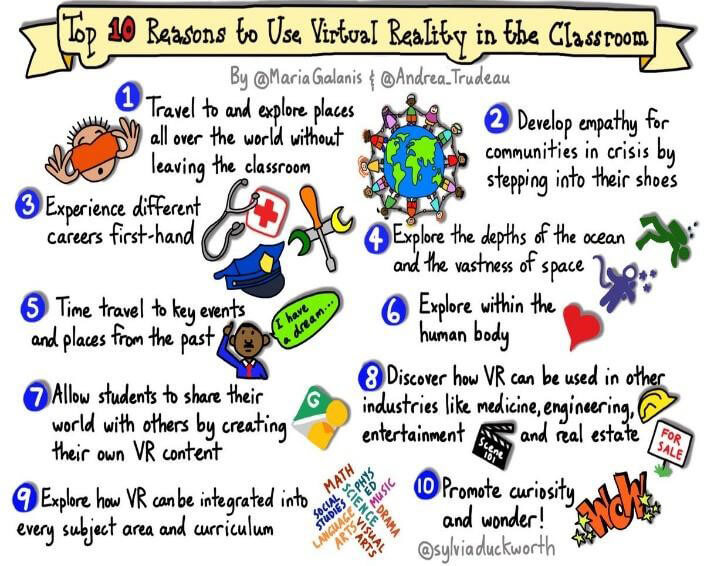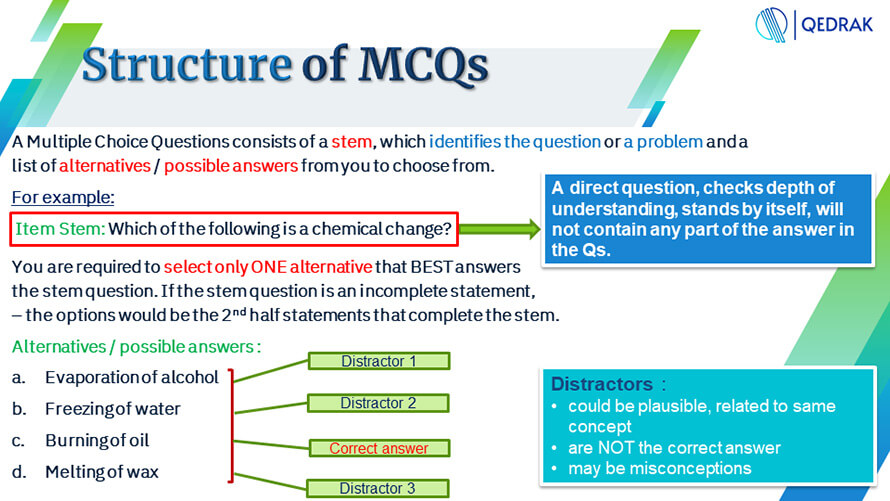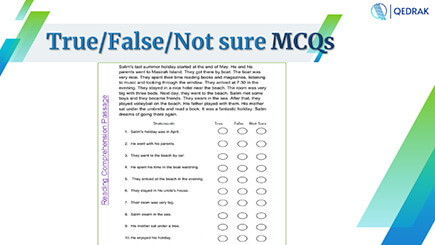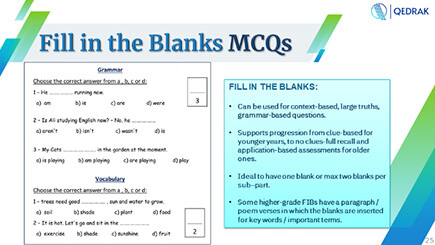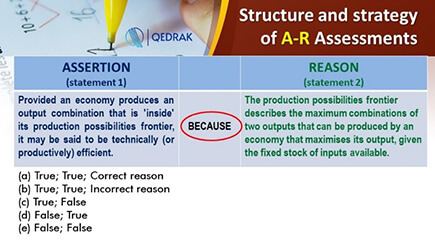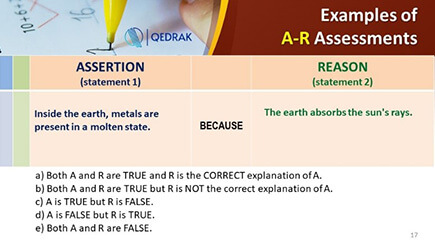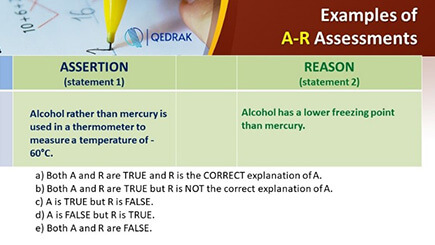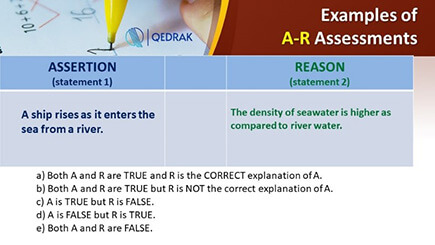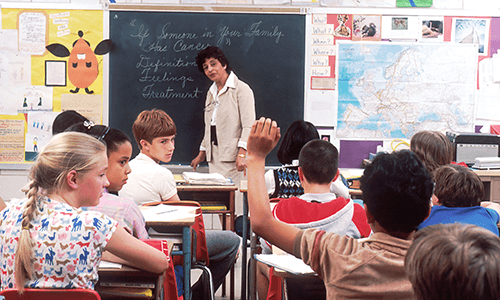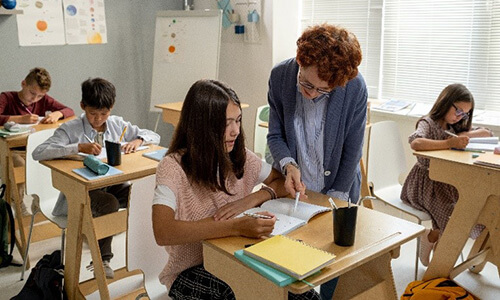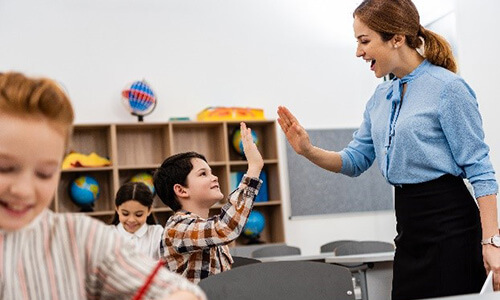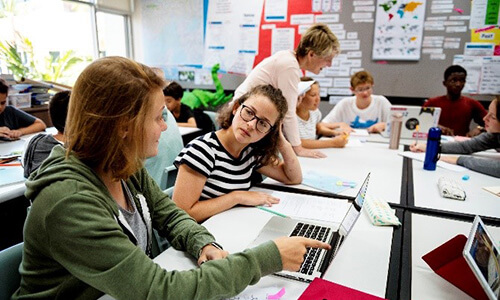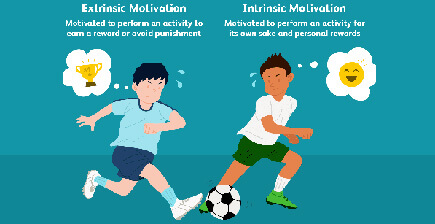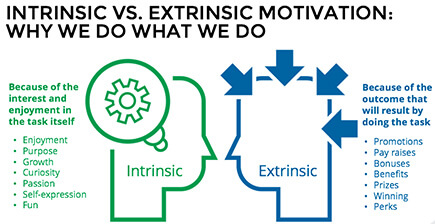The COVID-19 pandemic made clear just how critical it is to find the most effective ways to reach learners. As instruction moved online, teachers were left wondering — “how can I translate classroom teaching tactics to a video platform?” Thereafter, with the announcement of NEP 2020 and the recent launch of the NCF – Foundational Stage (2022), it is more than evident that the GOI-MoE is very serious on revamping the educational system in our country. The processes and efforts are focussed now on redefining India’s educational system into one that moves away from the age-old, rigid & inflexible, disconnected, memory-rote based learning methods, to the one that will nurture deep understanding, real-life relevance and the building of core competencies with 21st Century skills.
Given this scenario, it is all the more reason for Educators across the country to upskill and empower themselves with knowledge, skills, attitudes and insights on gradually transforming content, pedagogy, learning environment and assessments to match-up to and comply with NEP 2020 expectations
“Knowledge is not power, knowing a concept is only potential value. The execution of knowledge is where the power lies.
~ Tony Robbins
The above quote in a sense is an understatement of what is required in the education world today – rightly said – “…the EXECUTION of knowledge is where the power lies.”
Apart from the regular 50 hrs of training and skill enrichment sessions that teachers are encouraged to complete annually, a question that is puzzling teachers today is “How do I empower myself to plan the new way?” The answer lies in Instructional Design; instructors can leverage its theories and models to create effective lessons, regardless of the setting.
This article focusses on demystifying Instructional Design or ID and its undeniable importance in the realm of Student Learning. In fact, many educationists believe that ID should (some say ‘must’) become a core component of B Ed / M Ed / PDEM, MEdM / programmes. While ID is applicable for instructional designs for training across education, workplace, NGOs, governance, corporates, business houses, banks, etc., we will focus on ID in school education.
WHAT IS INSTRUCTIONAL DESIGN?
In short, instructional design is the process by which learning products and experiences are designed, developed, and delivered and may include online courses, instructional manuals, video tutorials, learning simulations, informational resources and evaluation.
But short, may not always be enough to fully fathom the concept; so, let us explore some technical definitions that every educator can connect to in an instant! Here goes, instructional design is …
Instructional Design Central:
“… the process by which learning products and experiences are designed, developed, and delivered. These learning products include online courses, instructional manuals, video tutorials, learning simulations, etc. The terms instructional design, instructional technology, learning experience (LX) design, curriculum design, and instructional systems design (ISD), are sometimes used interchangeably.”
Wikipedia:
“… the analysis of learning needs and systematic development of instruction. ISD models typically specify a method, that if followed will facilitate the transfer of knowledge, skills and attitude to the recipient or acquirer of the instruction.”
Umich:
“… the systematic development of instructional specifications using learning and instructional theory to ensure quality of instruction.”… “the entire process of analysis of learning needs and goals as well as the development of delivery systems to meet those needs (e.g. instructional materials, activities, assessments; as well as the try-out and evaluation of the instruction and learner activities.”
Merrill, Drake, Lacy, Pratt (1996):
“… a framework for developing modules or lessons.”
Reiser, Dempsey (2007):
“… a systematic process that is employed to develop education and training programmes in a consistent and reliable fashion.”
RELATED TERMS
Along with Instructional Design, we should know about some other terms that are a part of the ID process:
- “Educational Technology is the study and ethical practice of facilitating learning and improving performance by creating, using and managing appropriate technological processes and resources.” Source: www.cjlt.ca
“The term educational technology is often associated with, and encompasses, instructional theory and learning theory. While instructional technology is ‘the theory and practice of design, development, utilization, management, and evaluation of processes and resources for learning,’ educational technology includes other systems used in the process of developing human capability. It includes, but is not limited to, software, hardware, as well as Internet applications, such as wiki’s, blogs, and activities.” Source: www.wikipedia.org
Educational technology, sometimes termed EdTech, is the study and ethical practice of facilitating e-learning, which is the learning and improving performance by creating, using and managing appropriate technological processes and resources. It includes other systems used in the process of developing human capability.” Source: www.edtech.wikia.com
-
“Learning Experience Design (LX), an emerging discipline, draws from other disciplines including experiential learning, cognitive psychology, interaction design, user experience design, instructional design and design thinking.” Source: www.learningexperiencedesign.com
“Learning Experience Design™ (LX or LX Design)—a synthesis of instructional design, educational pedagogy, neuroscience, social sciences, design thinking, and UI/UX—is critical for any organization looking to compete in the modern educational marketplace.” Source: www.sixredmarbles.com
- “Instructional Designers are the PEOPLE who create and deliver learning products for business, K-12 education, higher education and government organizations.”
BENEFITS OF INSTRUCTIONAL DESIGN
Any project with evaluated needs, a clear goal, detailed plan, process-flow and measurement of achievement as one proceeds, is bound to be a success; e.g., take the architect’s plan as you build a house.
Likewise, using the theories of instructional design to build TL processes can have immense positive benefits for learners, educators, trainers and curriculum planners. Regardless of the where in society it is used OR what the targeted goals are, those seeking to make effective learning / training systems MUST understand the theories, tools and processes of Instructional Design. One can then consistently expect these benefits:
- Creation of focused/customized programs
- Encouragement for more student participation (interactive instructional design)
- Setting clear and measurable objectives
- Creating consistency
- Simplifying learning and making it more relevant for students
One must not forget though, that these benefits have a domino effect from one anchoring principle —that instructional design is a systematic process rooted in theory. This ensures that instructional designers can maximise their knowledge & skills to propose and design the ‘most ideal’ instructional activities and assessments that align with the desired learning objectives for the target audience.
PRIMARY COMPONENTS OF INSTRUCTIONAL DESIGN
Having understood the WHAT and WHY of instructional design, we see that the MOST important components or the 3 pillars at the core are none other than:
- Clear goals & objectives
- Learning Activities
- Assessments
The Magic Triangle of Learning
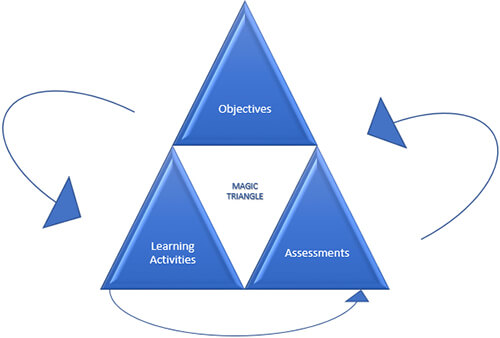
School and higher education educators are quite familiar with the 3 pillars, since they outline the Learning Design Framework and are used for regular lesson planning. They encapsulate what is termed as the Magic Triangle of Learning.
The triangle represents the relationship between the 3 elements and while they appear distinct and separate, they must be considered as supporting each other.
Instructional design is most effective and learning outcomes are most successful when the three pillars are built with the “intention of interdependence.”
Objectives – are the goals or learning outcomes that describe what the learner will be capable of (in terms of knowledge-skills-attitude-behaviour) at the end of a learning programme.
Learning Activities – these refer to the actions / hands on experiences the instructional designer plans during the Design Phase and the learner / student carries out to learn in the Implementation Phase.
Assessments – Encompassing tools such as tests, projects and presentations, assessments form part of the third vertex of the Magic Triangle. They are also created during the Design Phase and must be aligned with both the Learning Objectives and Learning Activities.
The balance and the interplay among the 3 is vital; if one or more of these three components is not optimal, then learners could become discouraged, confused, bored, or unhappy; thereby negatively affecting learning outcomes.
Once the above 3 core aspects have been formulated, designers then proceed with creating learning solutions that determine HOW the learning, activities and assessments will proceed. They should be:
- Theory-driven
- Query-driven
- Data-driven
- Outcomes-driven
EXAMPLES OF INSTRUCTIONAL DESIGN MODELS
While using instructional design to develop curriculum, TL practices, activities/experiences and evaluation, educators can use any of these 5 popular models:
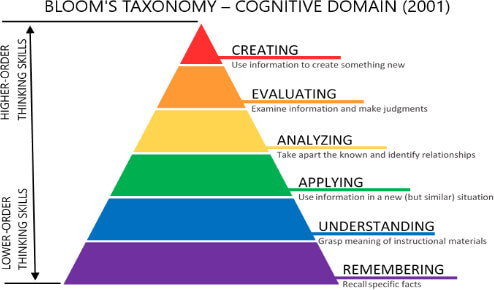
1. Bloom’s Taxonomy
“A hierarchical ordering of cognitive skills that can help teachers teach and students learn.” As you can see it has 6 levels ascending from lower-level learning to higher level learning.
It is this taxonomy that is used to create the Learning Objectives in behavioural terms (the verbs indicate what the learner can do.)
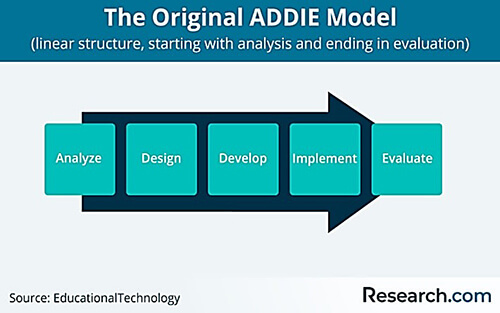
2. ADDIE Model
An acronym which stands for Analysis, Design, Development, Implementation and Evaluation — is used as a process guide when developing effective training tools. While the model was originally developed to be hierarchical, today it is often used with a continuous ‘iterative’ approach – the five phases are first followed in order. Once complete, the model can re-start from the analysis phase to continue improving the end product.
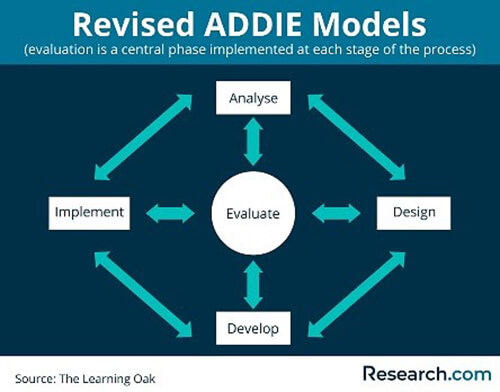
A number of factors stretched the capabilities of the original ADDIE process, like – increasingly complex job requirements, constant changes in the instructional environment, and emerging instructional technologies and instructional development tools. This resulted in a revision of the ADDIE model to be adaptable, making it more interactive and dynamic to today’s instructional environments. For instance, it was found that in many new iterations of the ADDIE process, evaluation assumed a central function that took place at every phase.
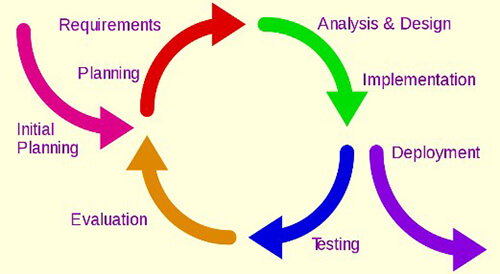
3. Iterative Design
Calls for “incrementally developing and refining a design, based on feedback and evaluation.” The iterative process is an approach to continuously improving a concept, design, or product. Creators produce a prototype, test it, tweak it, and repeat the cycle with the goal of getting closer to the most ideal solution.
Additional instructional design models have been spun out of iterative design including Rapid Prototyping and the Spiral Model.
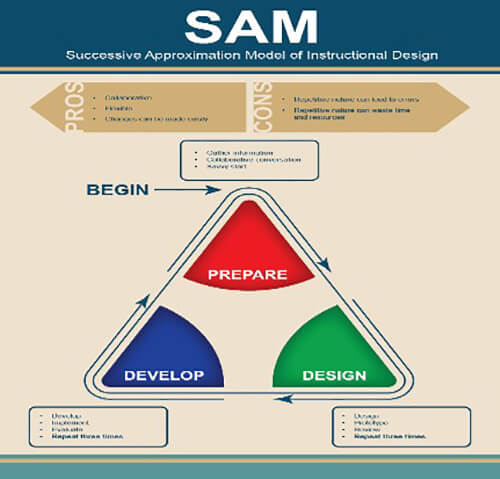
4. SAM Model
Short for Successive Approximation Model, it is a simplified version of the ADDIE Model. It develops instructional material through iterations and is an agile process created for performance-driven learning.
The model is broken down into three large phases:
- the preparation phase,
- the iterative design phase, and
- the iterative development phase.
Where the SAM Model differs is that feedback is collected earlier so designers can build working models earlier in the process. Where ADDIE processes are quite linear, SAM is a recursive process.

5. Learning Circle Framework
An instructional design model that works in three phases: target, create and launch.
- The target phase defines the focus of the content, the audience, and any other information that should be considered when creating the material.
- The create phase where the learning materials are created, tested, and revised.
- Finally, there is the launch phase, which is concerned with material delivery.
CHARACTERISTICS OF A “GOOD” INSTRUCTIONAL DESIGNER
Instructional Designers are an essential part of any learning program. Whether in schools, universities, or businesses, they play a critical role in the learning and development space. They are responsible for creating learning experiences that are beneficial to learners and provide them with the knowledge-skills-attitudes and tools they need to succeed in life.
For a Learning System / Programme to be successful, the Instructional Designer must have these qualities:
- Knowledge of technology and basics of education
- Knowledge of the developmental milestones in children and how children learn (if designing for schools)
- Knowledge of the ID models described above
- Basics of human psychology and recognition of audience needs
- Efficient skills in – oral and visual + artistic presentation, communication, teamwork, conviction, collaboration and project management against deadlines.
In addition, they also need to factor in the importance of the learning process being easy cum challenging for the level of individual learners, engaging and fun, and finally, outcome-based and effective. It involves developing new ideas and guidelines on how new technologies can be used in the physical learning space or metaverse!
If you are keen on upskilling yourself with a course on Instructional Design, you may like to explore these:
https://findbestcourses.com/instructional-design-courses-india/
IN CONCLUSION
Understanding the basics of ID is one thing; but it is equally important to understand where instructional design is headed these days. Given that learning programmes need to be designed for students, teachers, workplace employees, just about anywhere and for anyone, a new trend emerging in this field is called Microlearning.
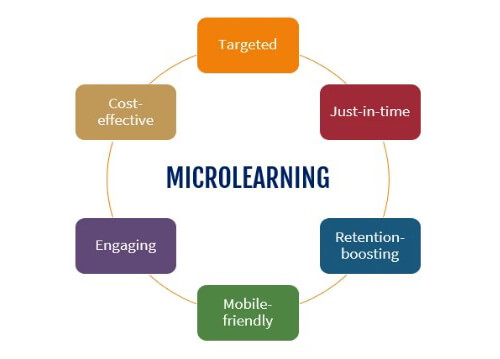
Microlearning is the idea that instructional materials can and should be crafted in small digestible segments that learners can access wherever they are. Learners who commute long distances or have time pockets between 2 activities / 2 places that they need to be at, can learn from these bite-sized learning capsules, which may have just one learning objective. So Instructional Designers can create Microlearning instructional materials that can be fitted into that timeframe, accessible from any device, so that learners can complete the micro-module before the next scheduled event.
We hope this article has provided some basic understanding about Instructional Design, its relevance today, benefits, tools & models. It also stresses upon the importance of education planners embracing ID into their work life, as a throughline, across all realms of Learning Systems. ID can give you Power Beyond Measure, the QEDRAK theme for 2023!






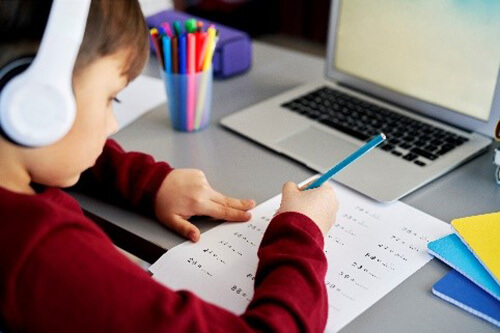
 Change in Goals and Objectives: For years homework has been designed to complete answers of pending questions behind a chapter, or voluminous practice questions in math and science with the repetitive foci, styles and concepts –as if to live up to the adage “Practice makes perfect.” The adage holds true only if one is able to apply the concept and perform with consistency & confidence across different scenarios, including real-life applications.
Change in Goals and Objectives: For years homework has been designed to complete answers of pending questions behind a chapter, or voluminous practice questions in math and science with the repetitive foci, styles and concepts –as if to live up to the adage “Practice makes perfect.” The adage holds true only if one is able to apply the concept and perform with consistency & confidence across different scenarios, including real-life applications.


